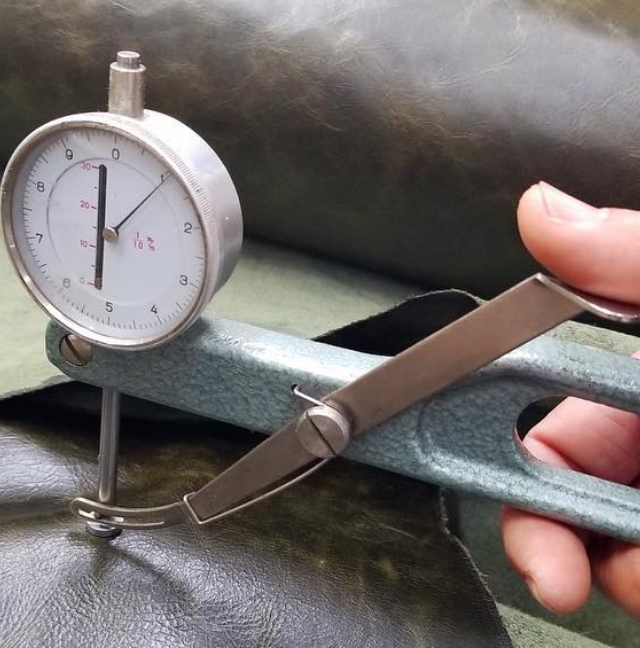Resources
Helpful Information
Leather Terminology
Aniline Dyed: Leather that has been through dyed by immersion in a dyebath and has not received any coating of pigment finish.
Aniline: Leather that has been stained by brushing, padding, or spraying and has not received any coating of pigmented finish.
Belly: The part of the hide covering the underside and the upper part of the legs of the animal.
Buffed Leather: Leather from which the top surface of the grain has been removed by an abrasive or bladed cylinder. The process can also be done by hand.
Calf: The skin of a young or immature bovine animal that does not exceed a certain weight.
Chrome Retan: Leather that has been chrome-tanned all the way through and subsequently treated with a combination of vegetable-based or synthetic tanning agents, and resin filling materials. These retanning agents partially penetrate the interior of the leather.
Chrome Tanned: Leather that has been tanned with the use of chromium salts. Sometimes other tanning agents can be used in conjunction with the chrome-tanning process, but won’t affect the chrome-tanned character of the leather.
Combination Tanned: Leather tanned with two or more tanning agents.
Corrected Grain: Leather that has had the grain layer partially removed through buffing and replaced through various finishes.
Cowhide: Leather made from cowhide. In some countries, the term can loosely be applied to leather made from the hide of any bovine animal.
Crocking: The transferring of color or finish from leather to other materials through rubbing or abrasion.
Crust: Leather that has been tanned, dyed, and dried, but not finished.
Embossed leather: Leather that has a printed pattern on the surface to either mimic or replace natural grain patterns
Fat Tanned: Hide that has been converted into leather through treatments that involve soft animal fats.
Finish: The final process in the manufacture of dressed leather, where a protective layer is added to the surface of the leather.
Fleshing: The removal of unwanted flesh from the underside of the hide.
Full-Grain: Leather that bears the hide’s original grain surface and has not been buffed, snuffed, or split.
Grain: The pattern that is visible on the outer surface of the animal hide after the hair has been removed.
Hand Antiqued: Also referred to as “hand rubbing,” it is the process where a contrasting color is hand-rubbed onto the surface of the leather to accentuate the hide’s natural grain.
Hand: A term used to describe leather’s softness and feel.
Hide: The outer covering of a mature animal.
Leather: The term used to describe animal hide that has undergone the tanning process to be imputrescible. Leather may or may not have hair and can be split into multiple layers before or after the tanning process.
Liming: The process of removing hair from rawhide through the use of chemicals.
Milling: The process in which tanned hides are tumbled in rotating drums using a combination of heat and a misting of water to soften the hand or enhance the grain.
Natural Grain: Leather grain that has not been altered in any way so that the natural appearance of the grain is apparent.
Nubuck: Cattlehide leather, buffed on the grain side to give a velvety surface.
Patina: A surface luster that develops on pure anilines and nubucks. A patina grows more beautiful with the passing of time.
Pigment: Leather that has a finish containing pigment particles in suspension applied to its surface.
Printed Leather: Leather bearing a surface pattern that is usually produced by embossing.
Protected Leather: Leather that has been treated with certain chemicals to lessen the damage from exposure to polluted atmospheres. The treatment is often applied to vegetable-tanned upholstery and bookbinding leathers.
Pull-up: Leather that derives color from dyes, waxes, or oils. When this leather is pulled during upholstering, the oils and waxes dissipate and become lighter in those areas.
Pure Aniline: Leather that receives its only color from dyes and exhibits natural markings and characteristics.
Rawhide: Animal hide that has only been treated to preserve it prior to tanning.
Re-Tanned: Leather that has been tanned and was then subjected to additional tanning processes.
Sauvage/Kela: A two-tone effect that adds depth and character. It can be tone-on-tone or have a contrasting effect.
Sammiering: The process of pressing water out of hides during the tanning process.
Semi-Aniline: Finished leather that has been aniline dyed or stained, incorporating a small quantity of pigment.
Shrunken Grain: Leather specially tanned to shrink the grain layer and create a grain surface of uneven folds and valleys.
Side: Half of a whole hide with the head, shoulder, and belly attached, obtained by dividing it along the line of the backbone.
Split: The under layer of a hide that has been split from the top layer. Splits may be finished and embossed to simulate a full top-grain.
Suede Split: Leather made from the under layer of the hide that is split off from the top grain and is finished with a velvet-like nap.
Suede: Velvet-like nap finish that is produced on leather using abrasive methods.
Tanning: The process by which perishable rawhides are made into imputrescible forms of leather with the use of tanning materials.
Top Finished: A leather that has been given a final coating of finish to confer special properties such as gloss, level color, fastness to wet rubbing, and waterproofness.
Top-Grain: The top portion of a hide that has been split into two or more thicknesses. The grain can be either natural or embossed.
Vegetable-Tanned: Leather tanned exclusively, or primarily, with vegetable tanning agents.
Water-Resistant/Repellent Leather: Leather that is resistant/repellent to the penetration of water. Chromium is usually used to create this desired effect.
Waxed Leather: Leather bearing a wax finish that is created when a hide’s upper leather is finished on the flesh side and dyed. It is vegetable-tanned with a high content of hard grease.
Wet Blue Leather: During the chrome-tanning process, treated leather is wet and appears blue before additional processing is done to dry and color the finished material.
Measurements
Not sure how much leather you need? Here is a helpful guide to determine how much material you should purchase. Feel free to browse our selections by color, name, or style. If you have any questions, you can contact us and we will provide you with further assistance.
Based on a hide size of 50-55 square feet,
18 s.f. of leather = 1 linear yard of 54” wide fabric
Leather Thickness Conversion
Difficulty converting thickness measurement equivalents for your leather project? Use this conversion data:
Download Leather Thickness Conversion Sheet
Standard Hide Cuts
Difficulty converting thickness measurement equivalents for your leather project? Use this conversion data:
Download Standard Hide Cuts Sheet

See Our Facility
